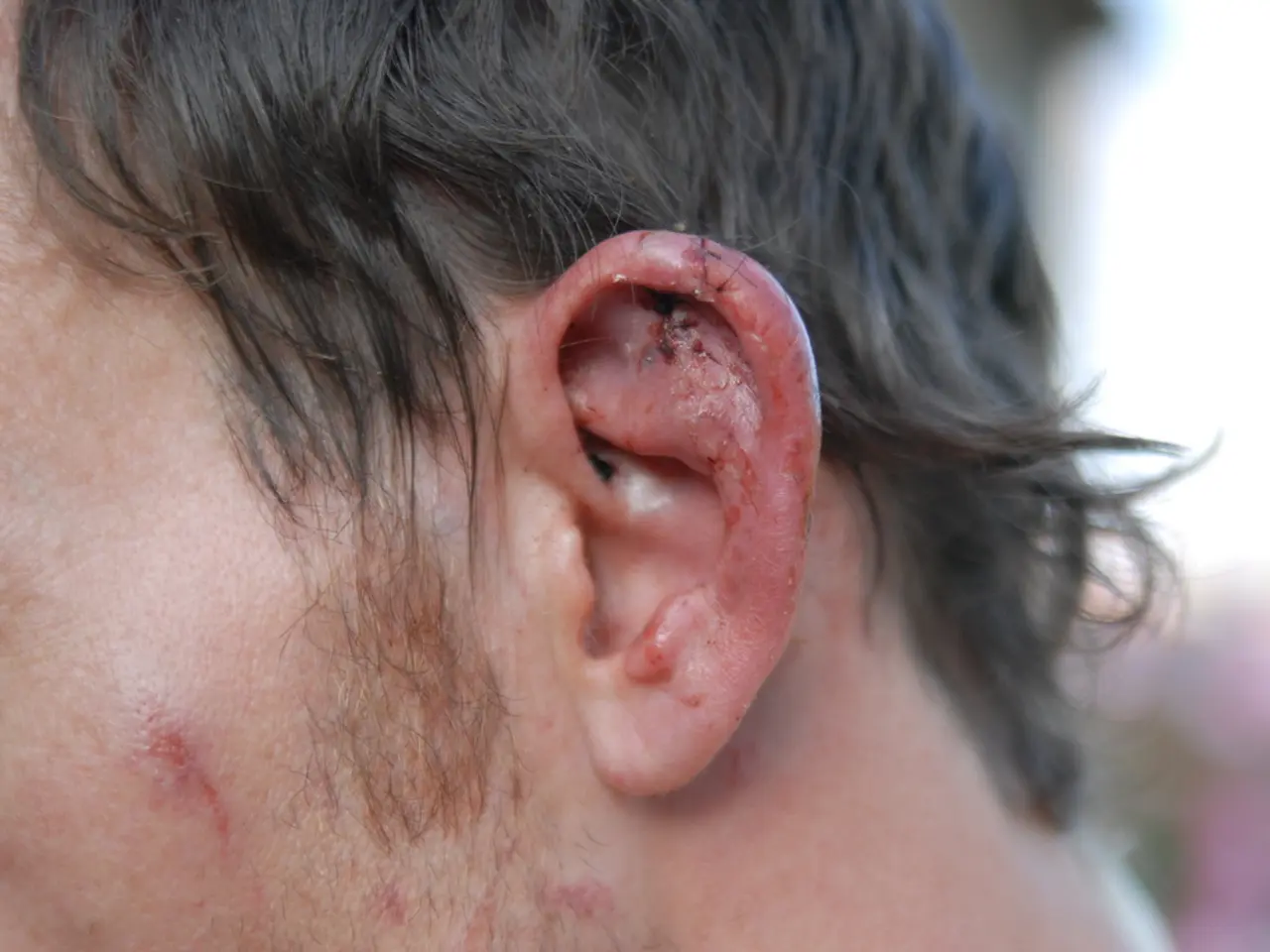Frequently Encountered Hearing Assessments
In the realm of auditory health, advancements in technology are transforming the way we evaluate and maintain our hearing abilities. These sophisticated technologies are not only making hearing tests more precise but also adapting to individual hearing needs and environments.
One such technology is Digital Signal Processing (DSP), which converts and analyzes sound inputs with precision, identifying speech patterns and sound characteristics for accurate diagnosis. Another significant player is Artificial Intelligence (AI) and Machine Learning. AI algorithms adapt to changing sound environments in real-time by learning user preferences and enhancing speech clarity while reducing background noise. AI is also employed in hearing aids to classify complex soundscapes and improve speech recognition.
Wireless and Bluetooth Technology enable seamless connectivity between hearing devices and external audio sources, facilitating binaural synchronization via near-field magnetic induction (NFMI), and supporting real-time conversation enhancement by focusing on multiple talkers in noisy environments. Adaptive Microphone Systems use real-time directional algorithms to optimize focus on desired sounds and reduce unwanted noise, particularly beneficial in environments with multiple sound sources.
Noise Reduction Technologies, often enhanced by AI, reduce background noise to improve hearing test precision and user comfort. Real-Time Conversation Enhancement (RTCE) is a feature built into some advanced hearing devices that uses multiple directional beams to focus on individual speakers in group settings, improving speech understanding during assessments.
Rechargeable Battery Technology, though not directly a testing technology, is a valuable addition to modern hearing aids used in assessments, ensuring usability during prolonged testing sessions.
Two key tests in auditory health assessments are Otoacoustic Emissions (OAE) testing and Auditory Brainstem Response (ABR) testing. An OAE test is typically performed using a tiny microphone placed in the ear canal that detects emissions produced by the cochlea in response to stimulation. OAE testing helps determine whether the cochlea is working properly.
ABR, on the other hand, is an objective assessment that measures the electrical activity in the auditory pathways from the ear to the brain. During the ABR test, electrodes are placed on the scalp and earlobes, recording responses generated by sound stimuli. ABR is especially suitable for infants and children who cannot reliably participate in conventional hearing tests.
Vestibular testing is equally crucial for evaluating balance and identifying issues linked to inner ear function. Vestibular tests, such as videonystagmography (VNG) and posturography, assess how well the vestibular system is functioning. If OAE emissions are absent or reduced, further testing may be warranted to investigate potential hearing loss.
The integration of these technologies in both hearing tests and hearing aids provides a comprehensive and precise evaluation of auditory function. The combination of AI, DSP, wireless communication, and adaptive sound processing constitutes the core of advanced auditory health assessments today.
With ongoing advancements in hearing testing methods and technology, the future of auditory health looks promising. Comprehensive understanding and regular assessments are pivotal for maintaining hearing wellness and addressing any concerns that may arise.
Science and health-and-wellness are intertwined in the evolution of auditory health, with advancements in technology such as Digital Signal Processing (DSP) and Artificial Intelligence (AI) significantly impacting the precision and personalization of hearing tests. AI algorithms, for instance, adapt to changing sound environments in real-time, enhancing speech clarity and reducing background noise, contributing to healthier hearing and wellness.




